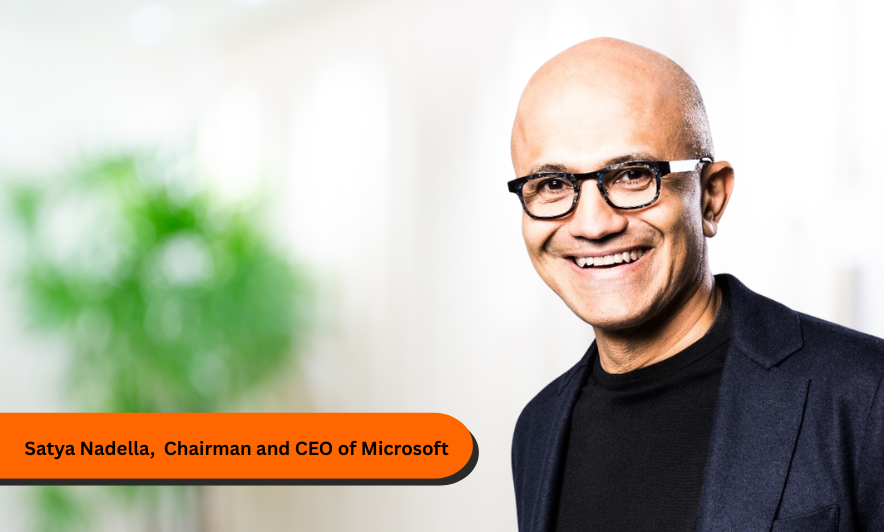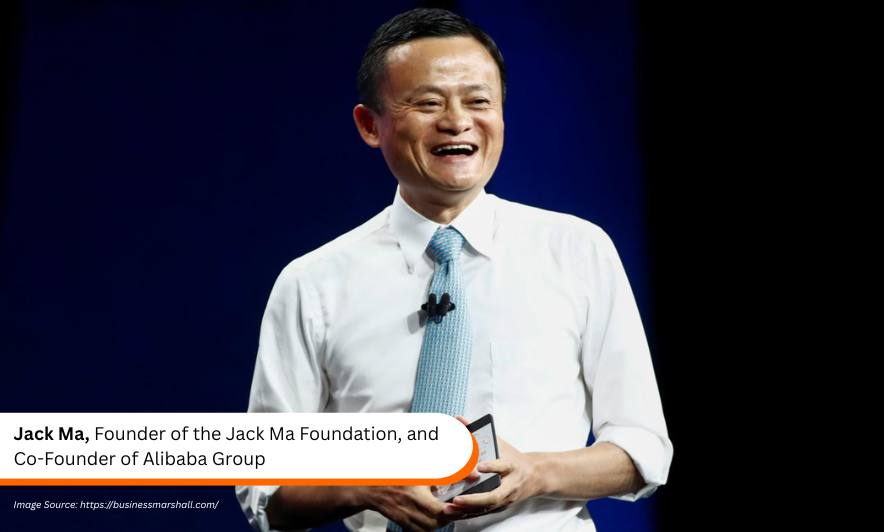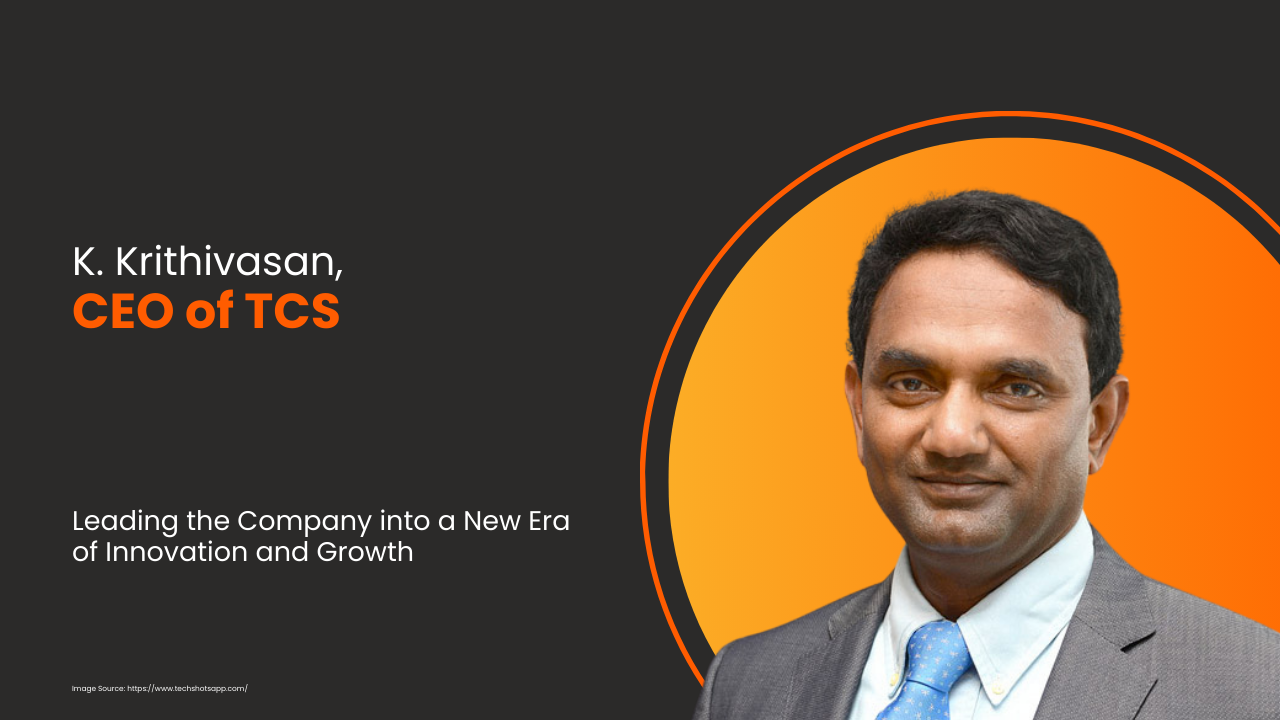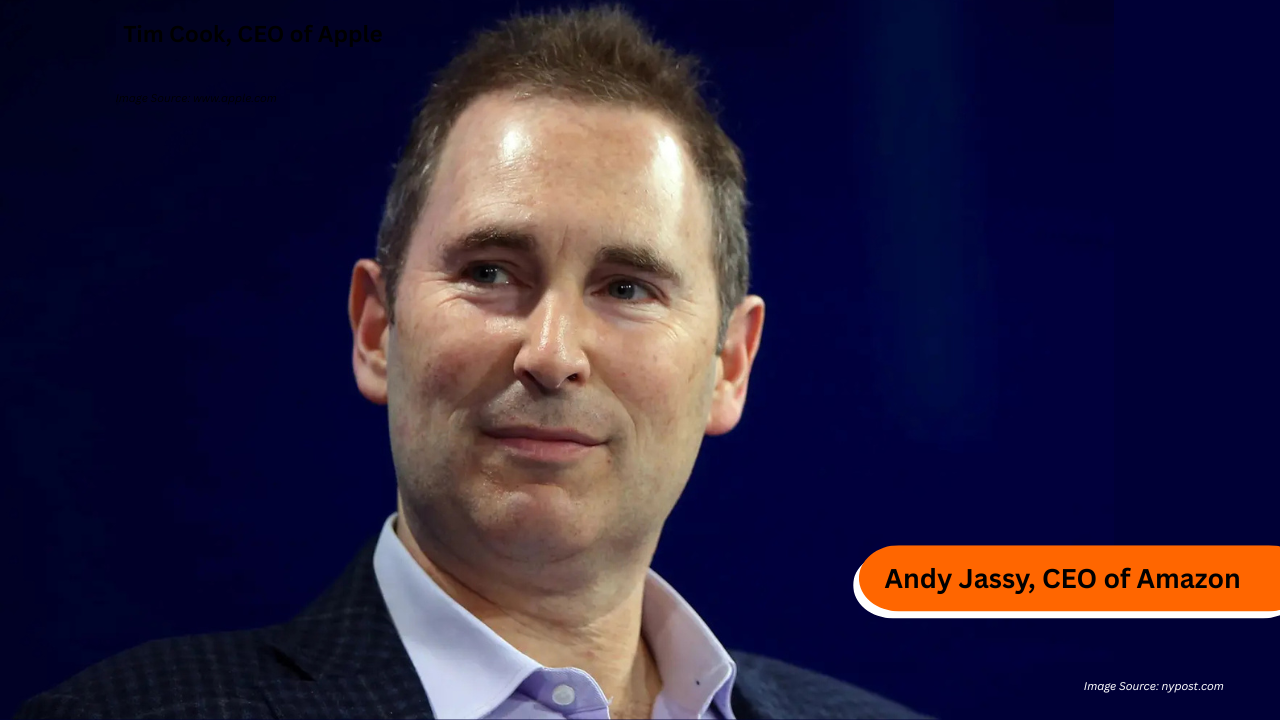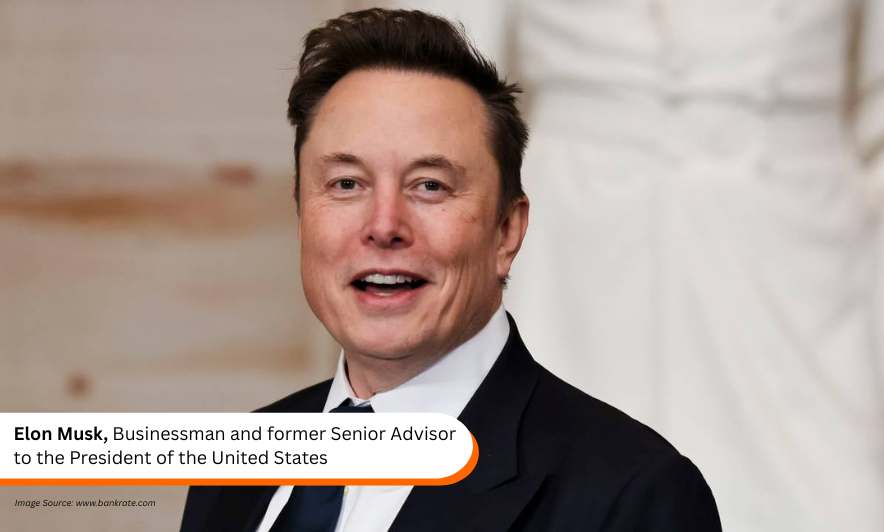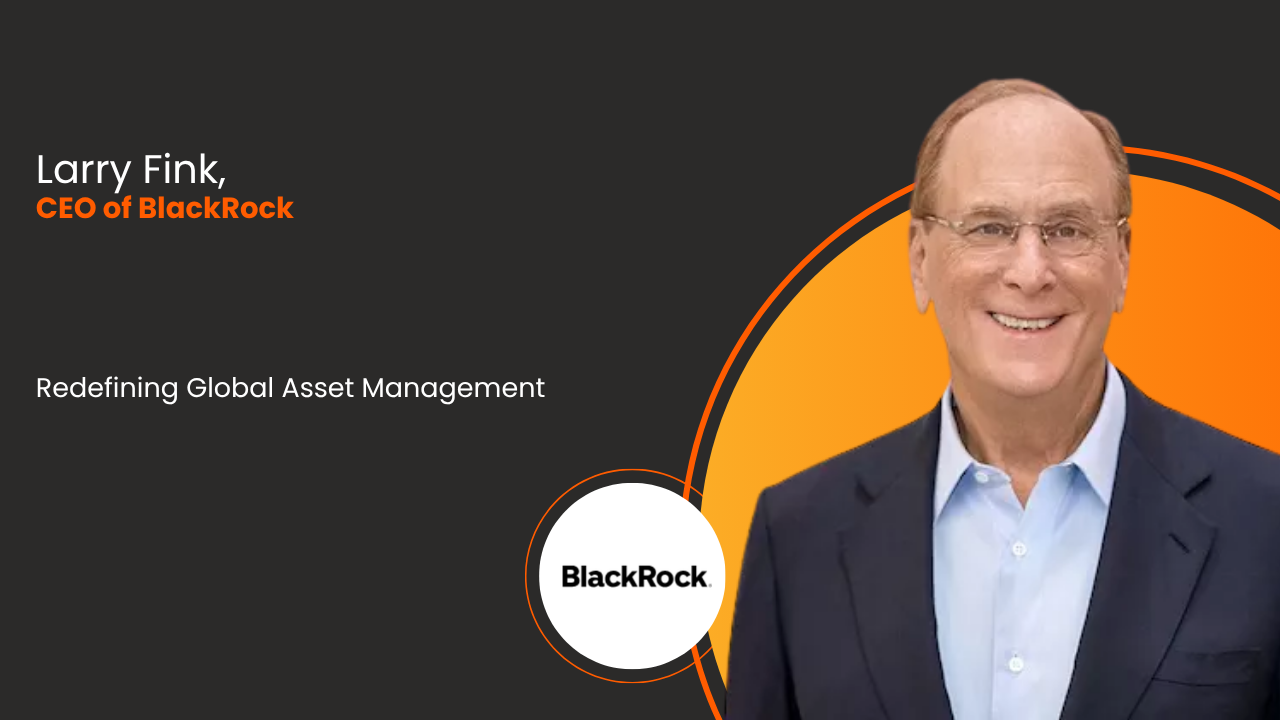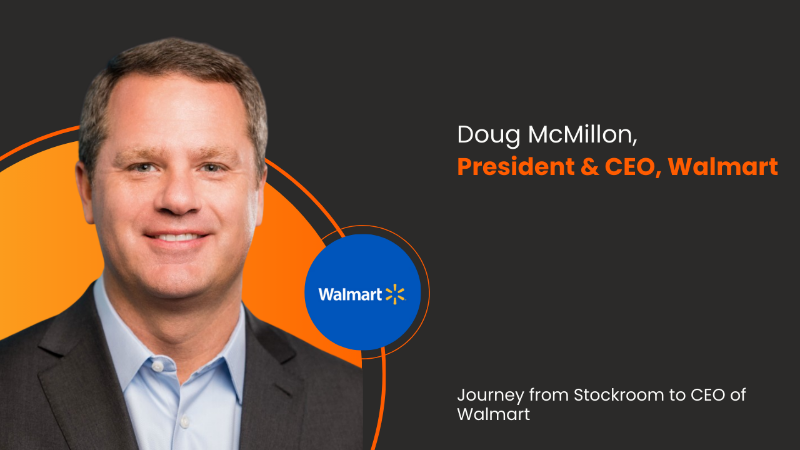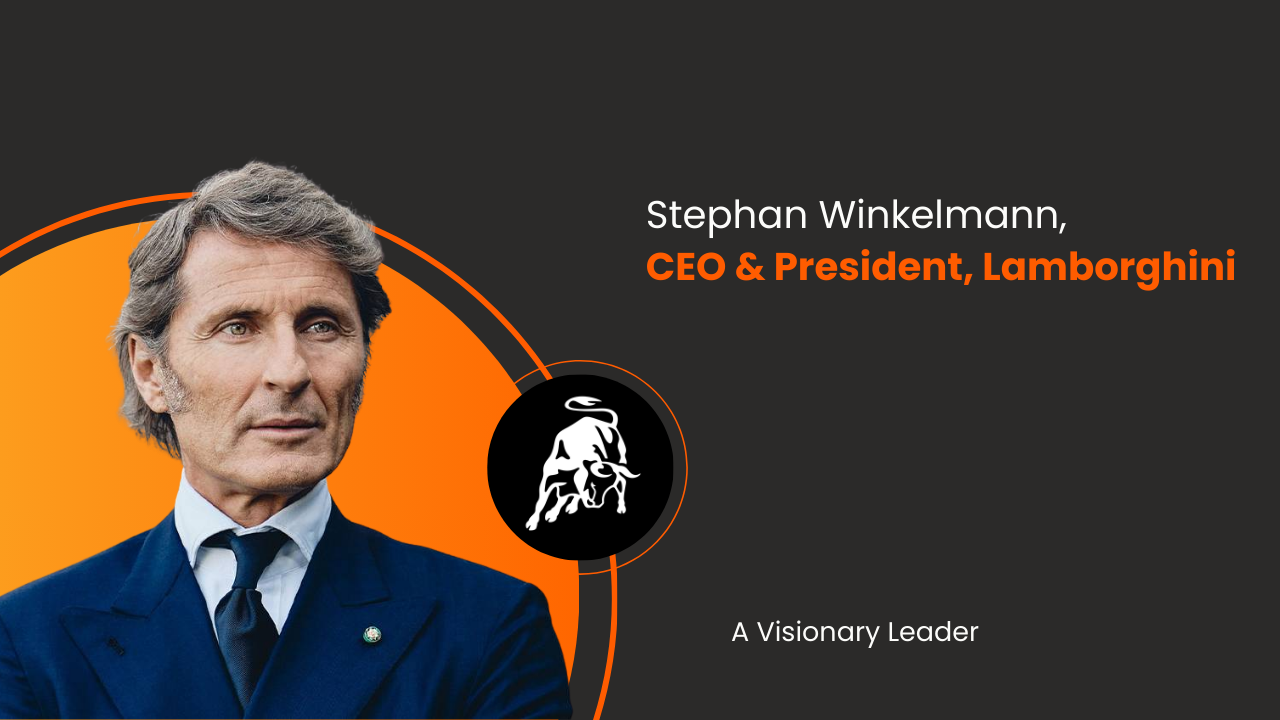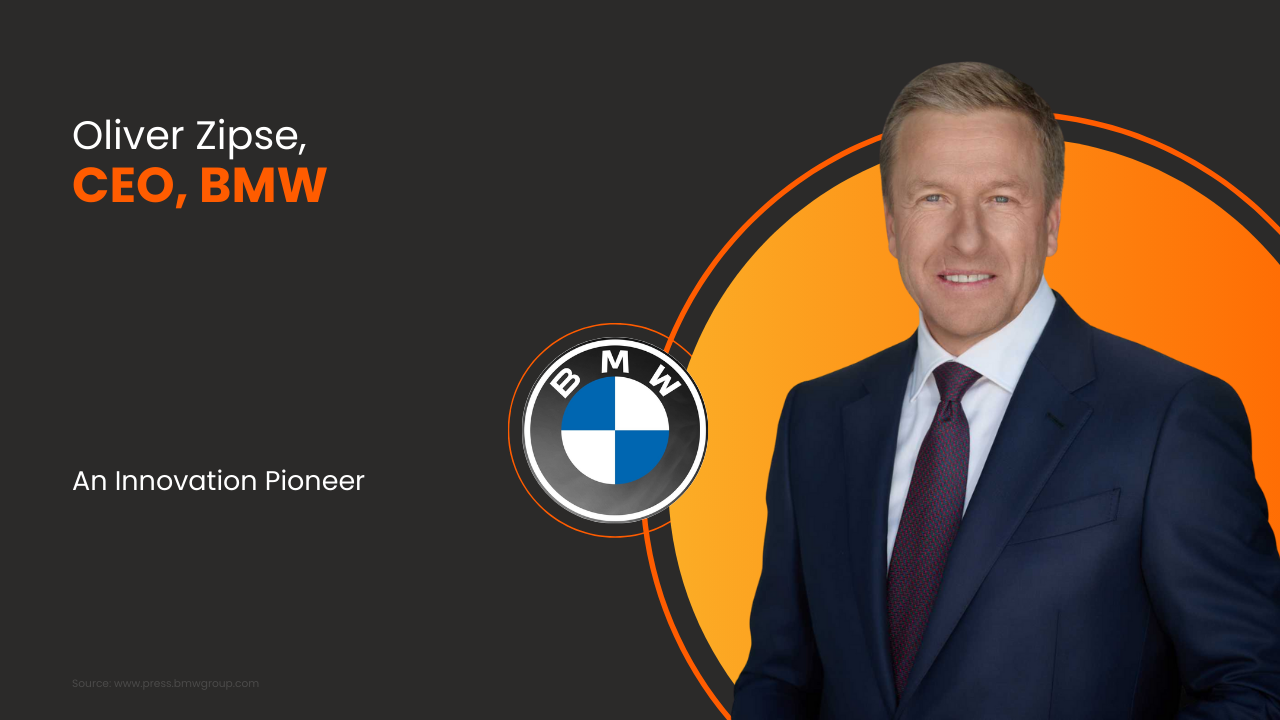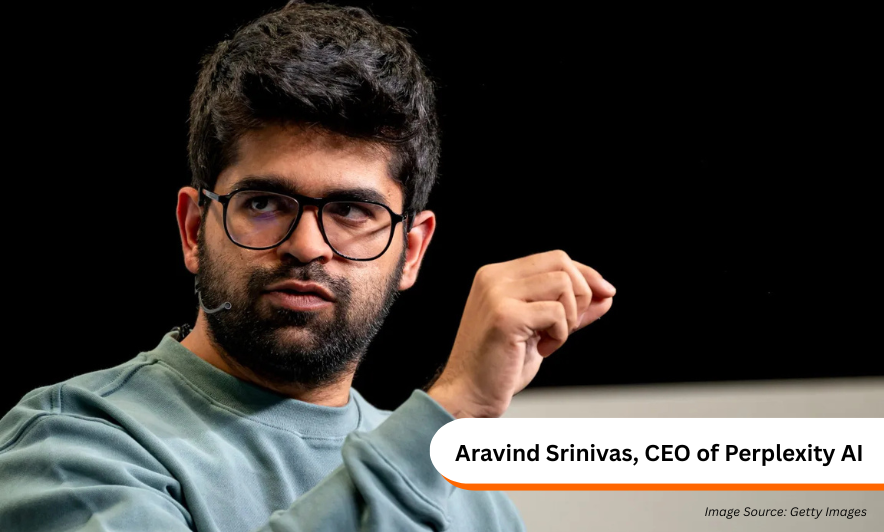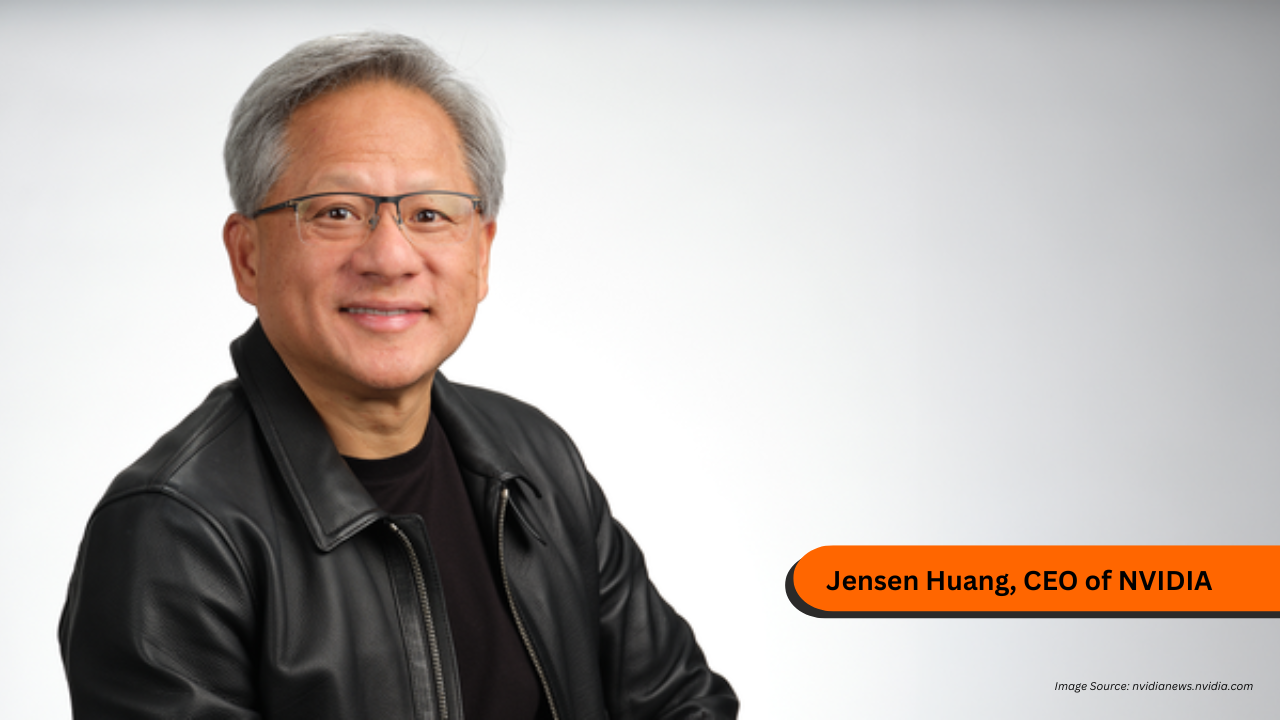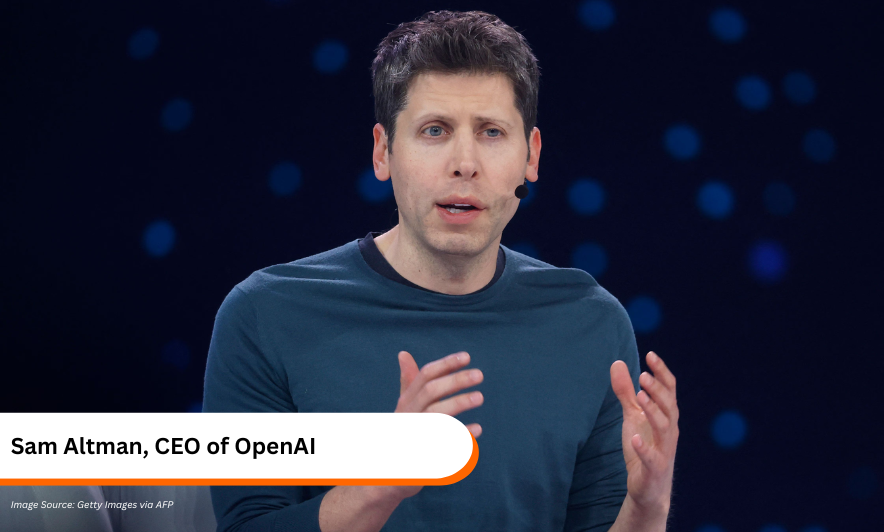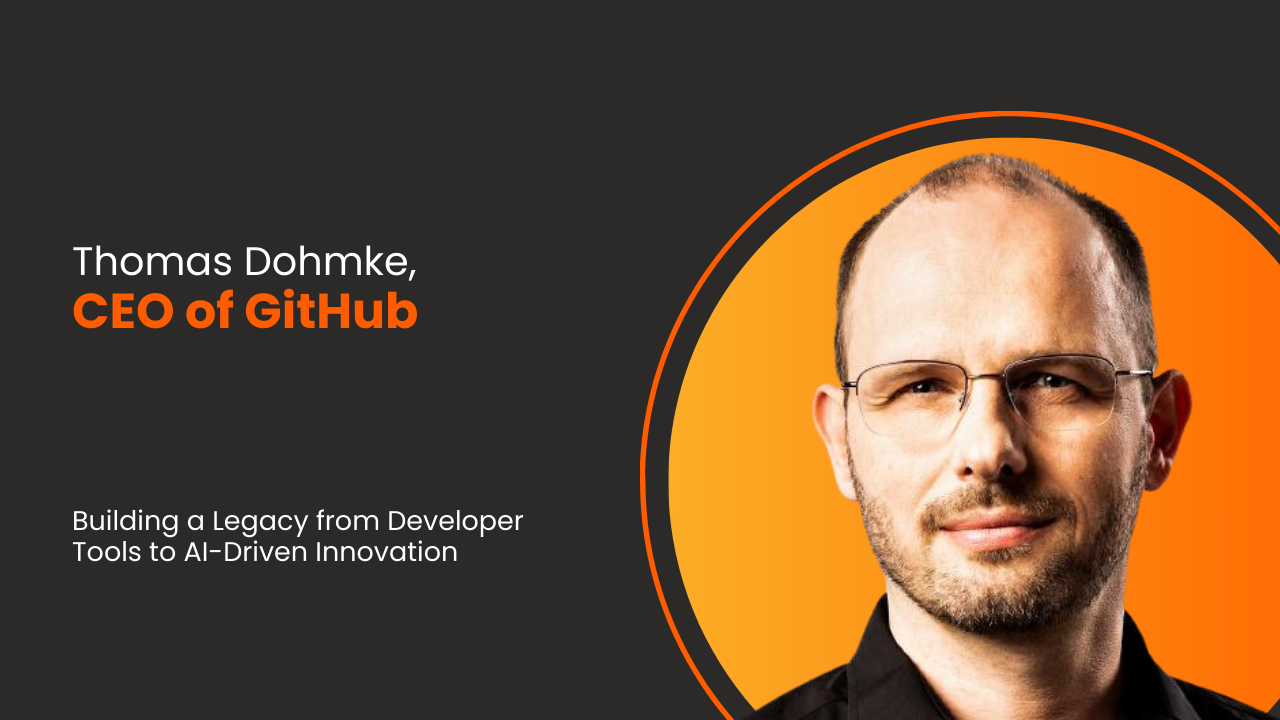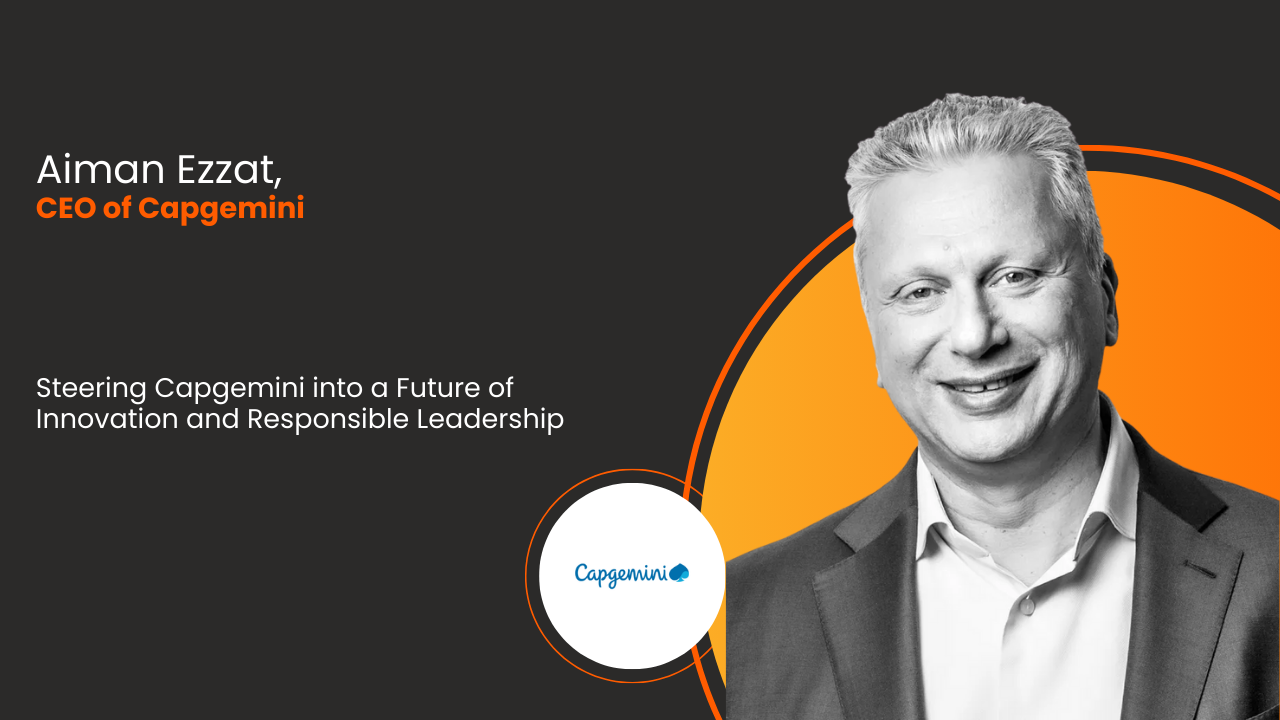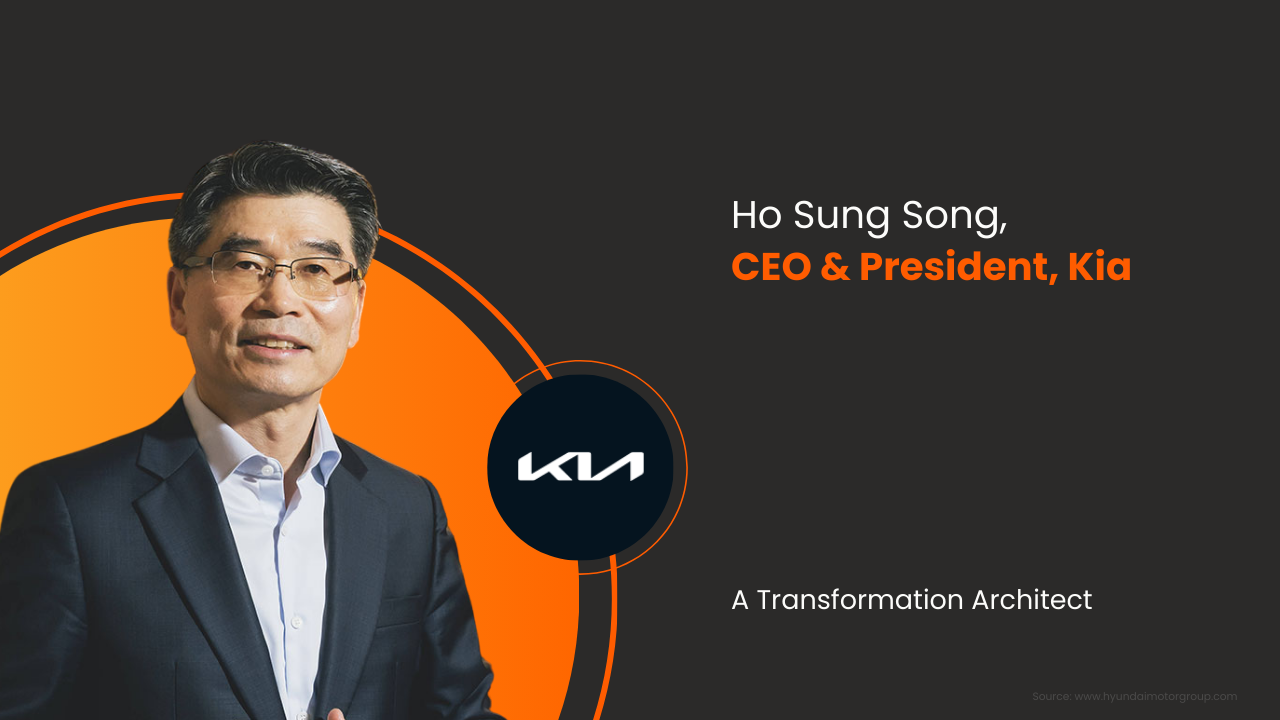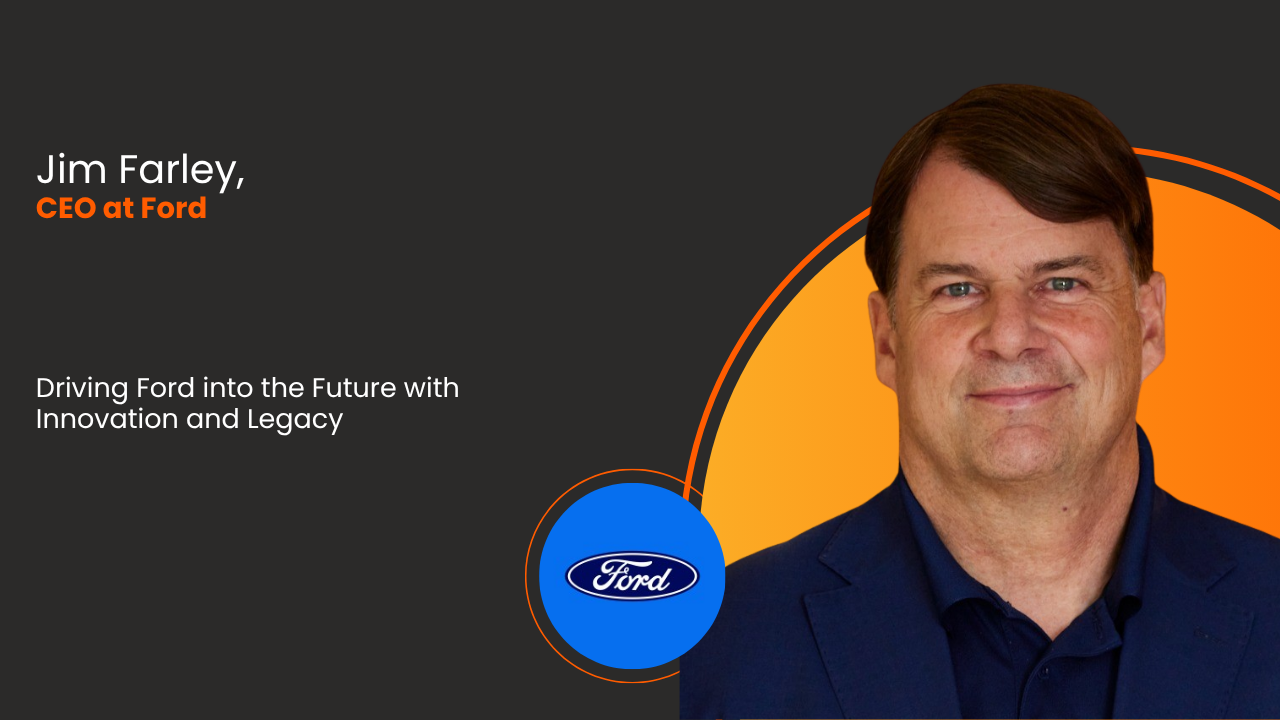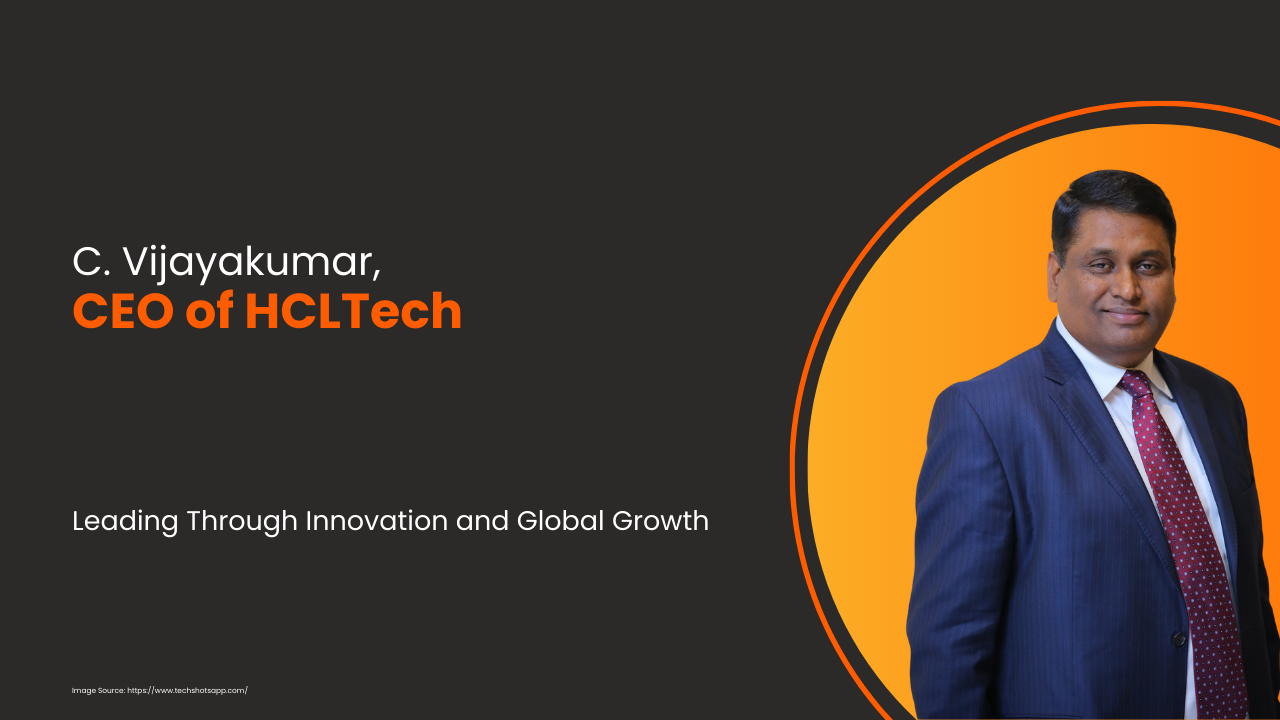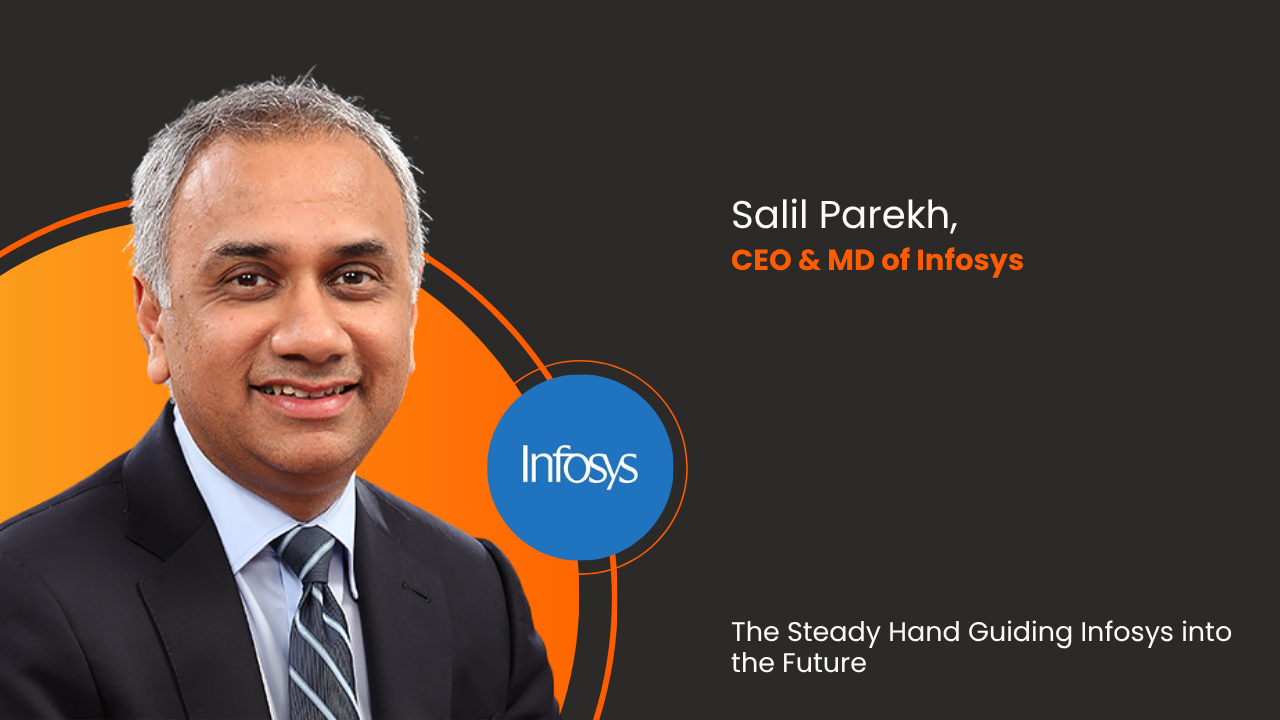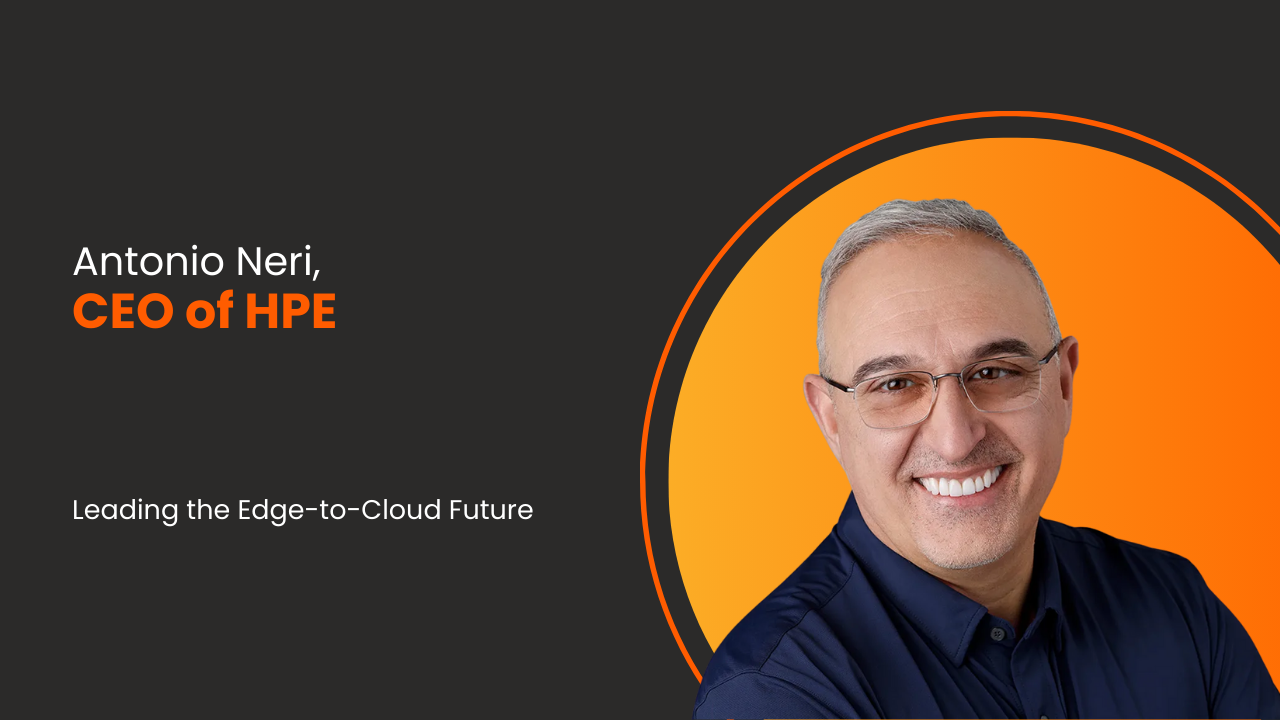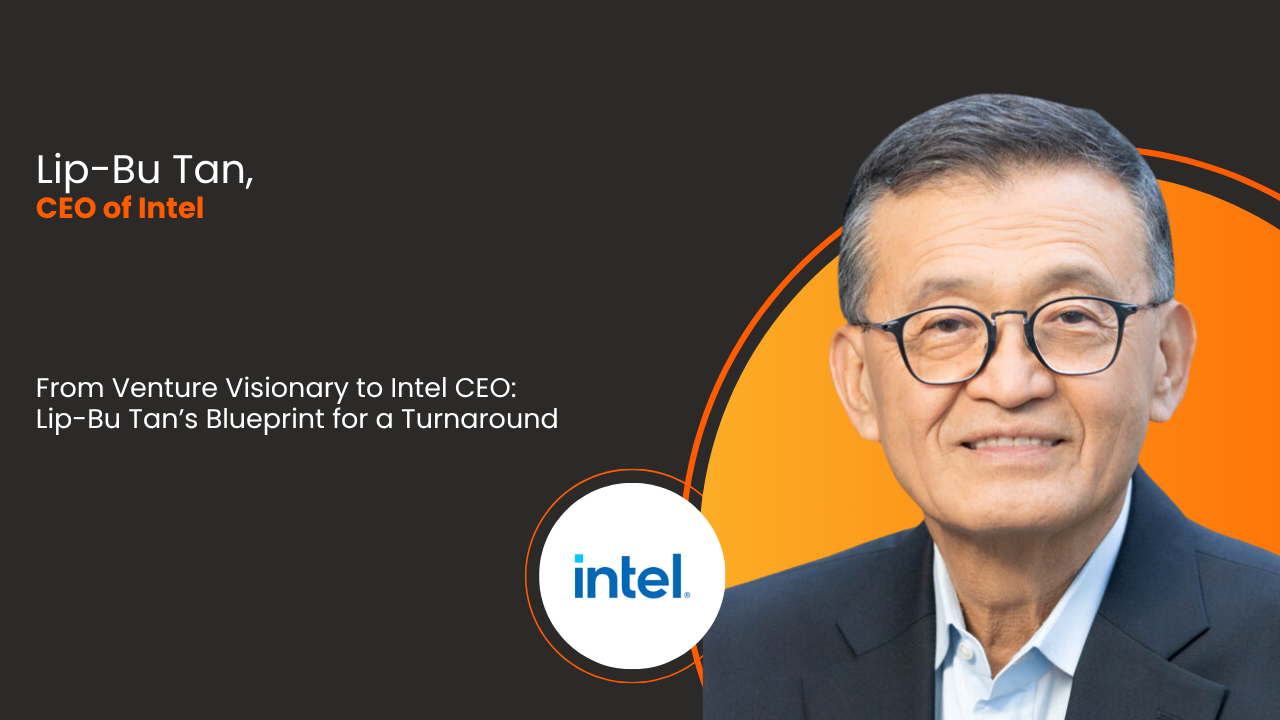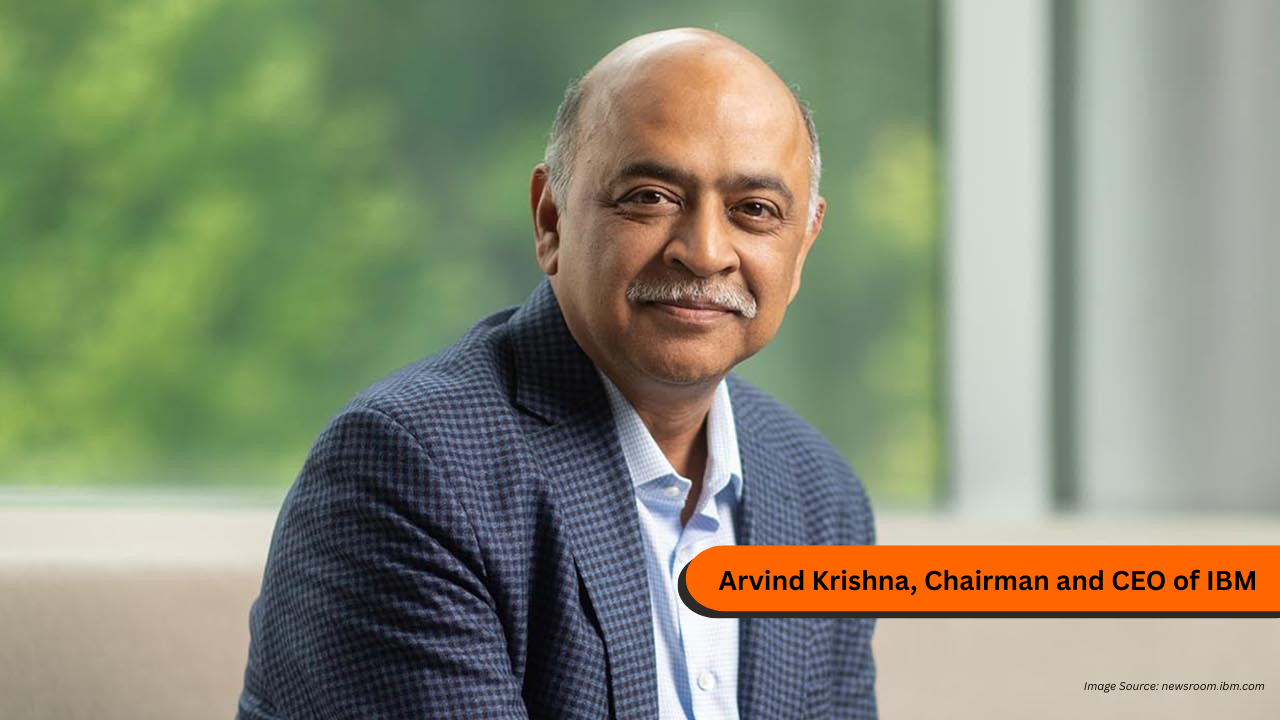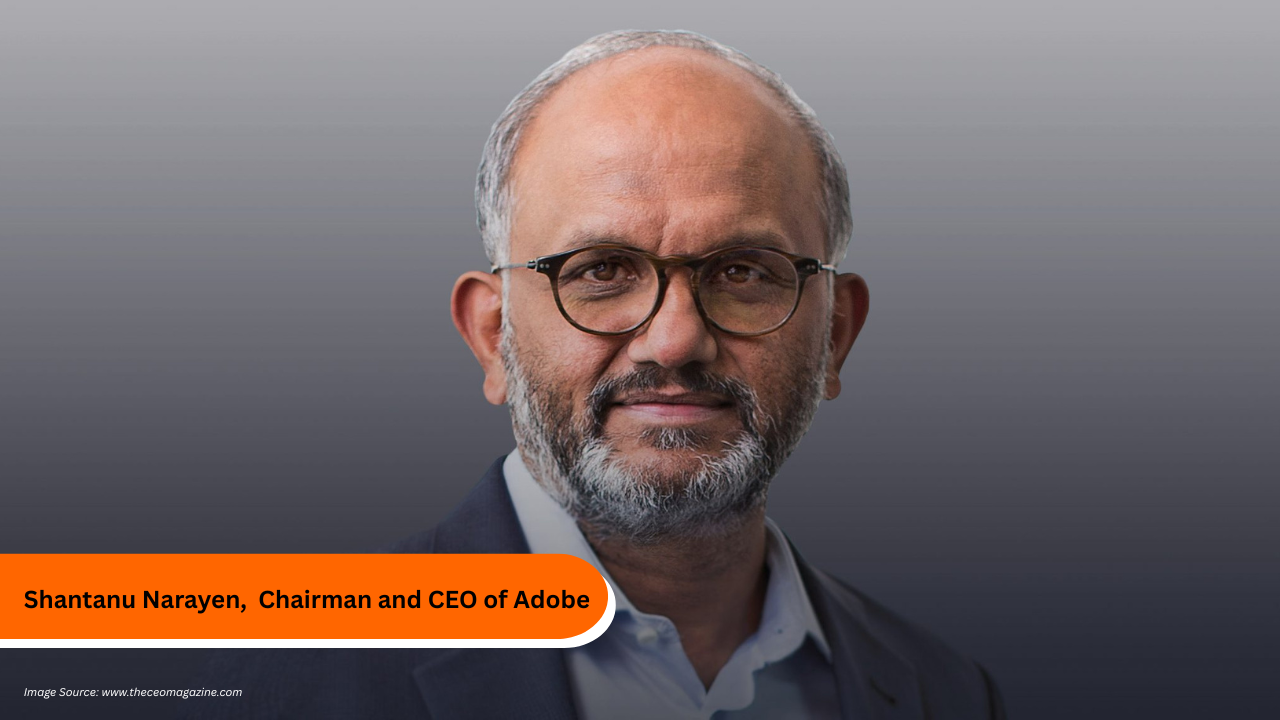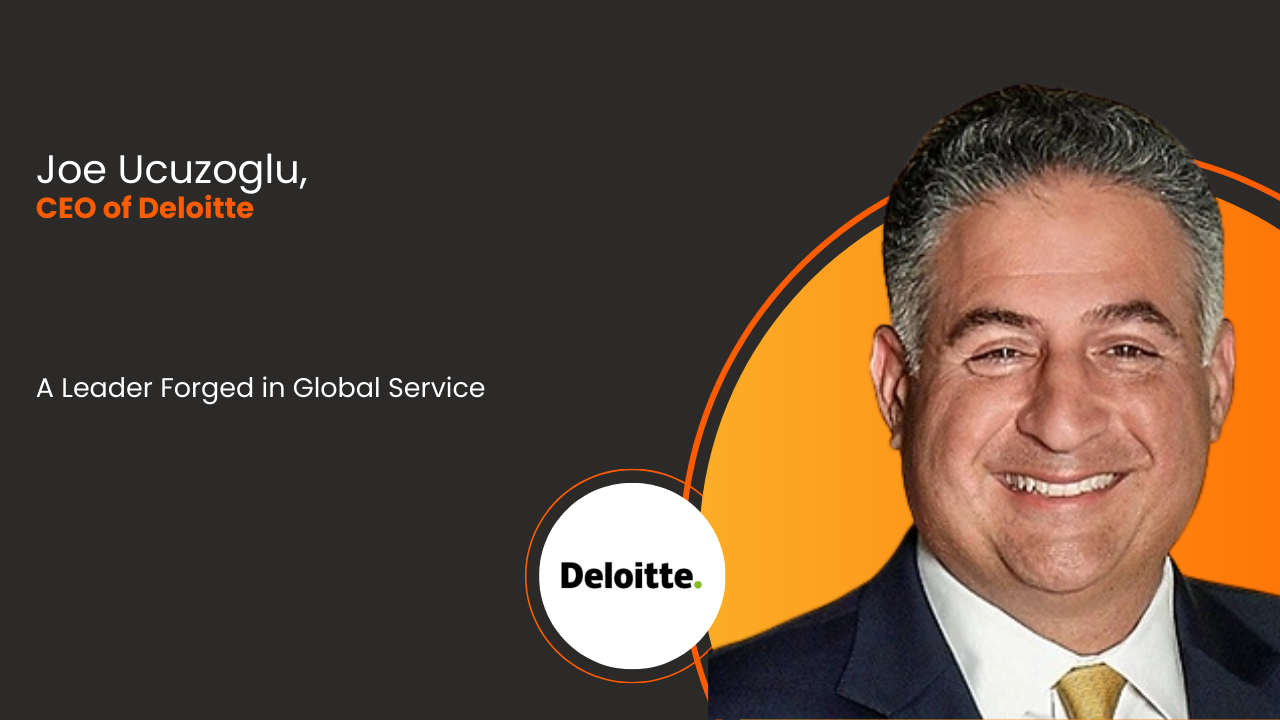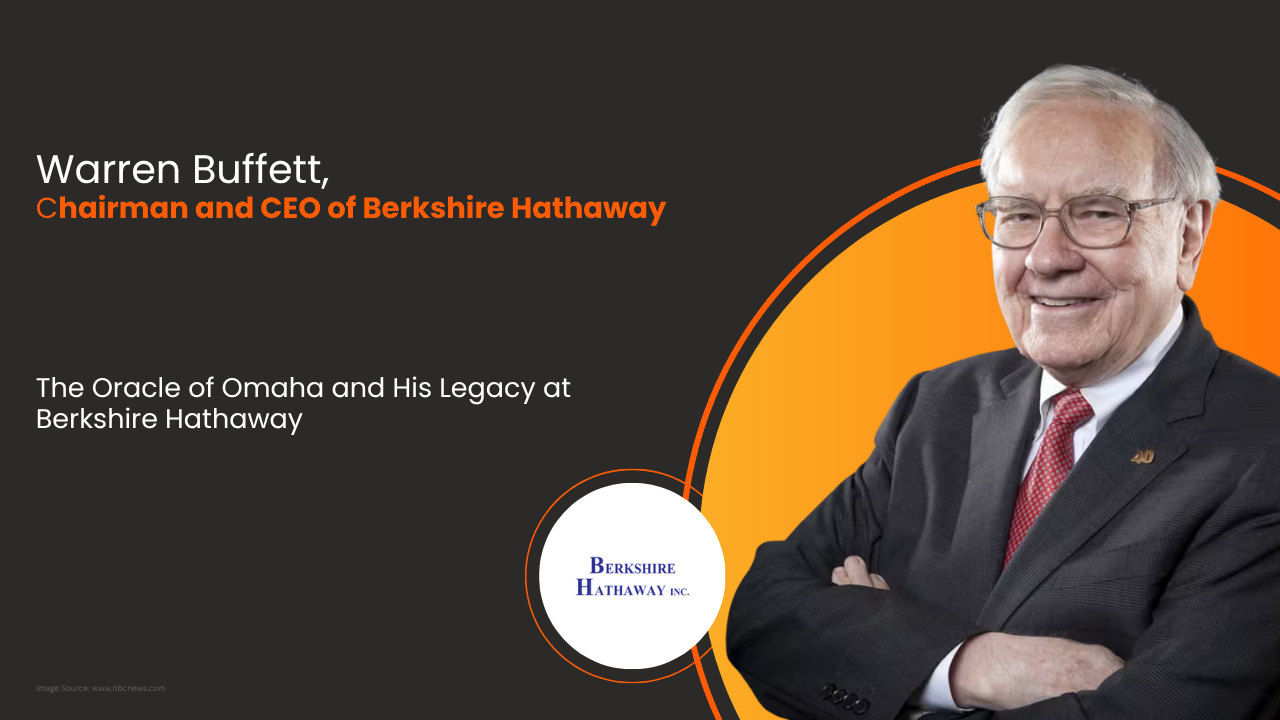Satya Nadella’s journey from Hyderabad, India, to becoming Microsoft’s CEO is a story of transformation, innovation, and empathetic leadership. Since taking over in 2014, Nadella has led Microsoft from stagnation to becoming a $3 trillion company.
Early Career and Rise at Microsoft
Nadella joined Microsoft in 1992 after a brief
stint at Sun Microsystems. He quickly rose through the ranks, contributing to
projects like Windows NT and Bing. His pivotal role came in 2011 when he led
the Server and Tools Division, overseeing Azure, Microsoft’s cloud platform.
Under his leadership, Azure became a cornerstone of Microsoft’s enterprise
strategy.
Becoming CEO and Strategic Shifts
In 2014, Nadella became Microsoft’s third CEO,
succeeding Steve Ballmer. At the time, Microsoft was struggling with Windows
8’s failure and a declining mobile presence. Nadella’s first move was to shift
the company’s focus to a “cloud-first, mobile-first” strategy. He emphasized
innovation over tradition and invited Bill Gates to return as a technical
advisor.
Nadella’s leadership marked a cultural shift. He broke internal silos and encouraged collaboration. Microsoft embraced open-source technologies, even joining the Linux Foundation and supporting Linux on Azure. He also expanded Microsoft’s reach by making Office available on iOS and Android.
Innovation and Acquisitions
Nadella championed innovation with products like
HoloLens and Surface Book. He also led major acquisitions: Mojang (Minecraft)
for $2.5B, LinkedIn for $26.2B, GitHub for $7.5B, and the planned $69B
acquisition of Activision Blizzard. These moves expanded Microsoft’s footprint
in gaming, professional networking, and developer tools.
Cloud and AI Leadership
Azure’s growth under Nadella has been phenomenal. As of 2024, Microsoft Cloud revenue surpassed $33 billion in a single quarter. Nadella also foresaw the potential of AI, investing $1 billion in OpenAI in 2019. This partnership led to the integration of AI into Microsoft products like GitHub Copilot, Microsoft 365 Copilot, and Bing Chat.
In 2023, Microsoft deepened its partnership with
OpenAI, positioning itself as a leader in AI deployment. Nadella’s vision of
“AI as a platform” is now central to Microsoft’s strategy.
Cultural Transformation
Nadella transformed Microsoft’s internal culture from a “know-it-all” to a “learn-it-all” mindset, inspired by Carol Dweck’s growth mindset philosophy. He emphasized empathy, collaboration, and continuous learning. His leadership style—marked by humility and curiosity—has made Microsoft a more inclusive and innovative workplace.
His personal experiences, especially raising a son with special needs, deeply influenced his empathetic approach. Nadella believes empathy drives innovation and has embedded this value into Microsoft’s products and culture.
Impact and Recognition
Under Nadella, Microsoft’s market cap grew from around $381 billion in 2014 to over $3 trillion by 2024. The company’s stock price increased nearly tenfold, and Microsoft became a leader in cloud, AI, and enterprise software.
Nadella has received numerous accolades, including being named Financial Times’ Person of the Year (2019), appearing on TIME’s “100 Most Influential People” list (2018, 2024), and receiving India’s Padma Bhushan in 2022.
Broader Influence
Nadella’s leadership has influenced the tech
industry’s shift toward openness, collaboration, and ethical AI. Microsoft’s
stance on responsible AI, privacy, and sustainability has set new standards.
His success also highlights the growing role of global and diverse leadership
in tech.

